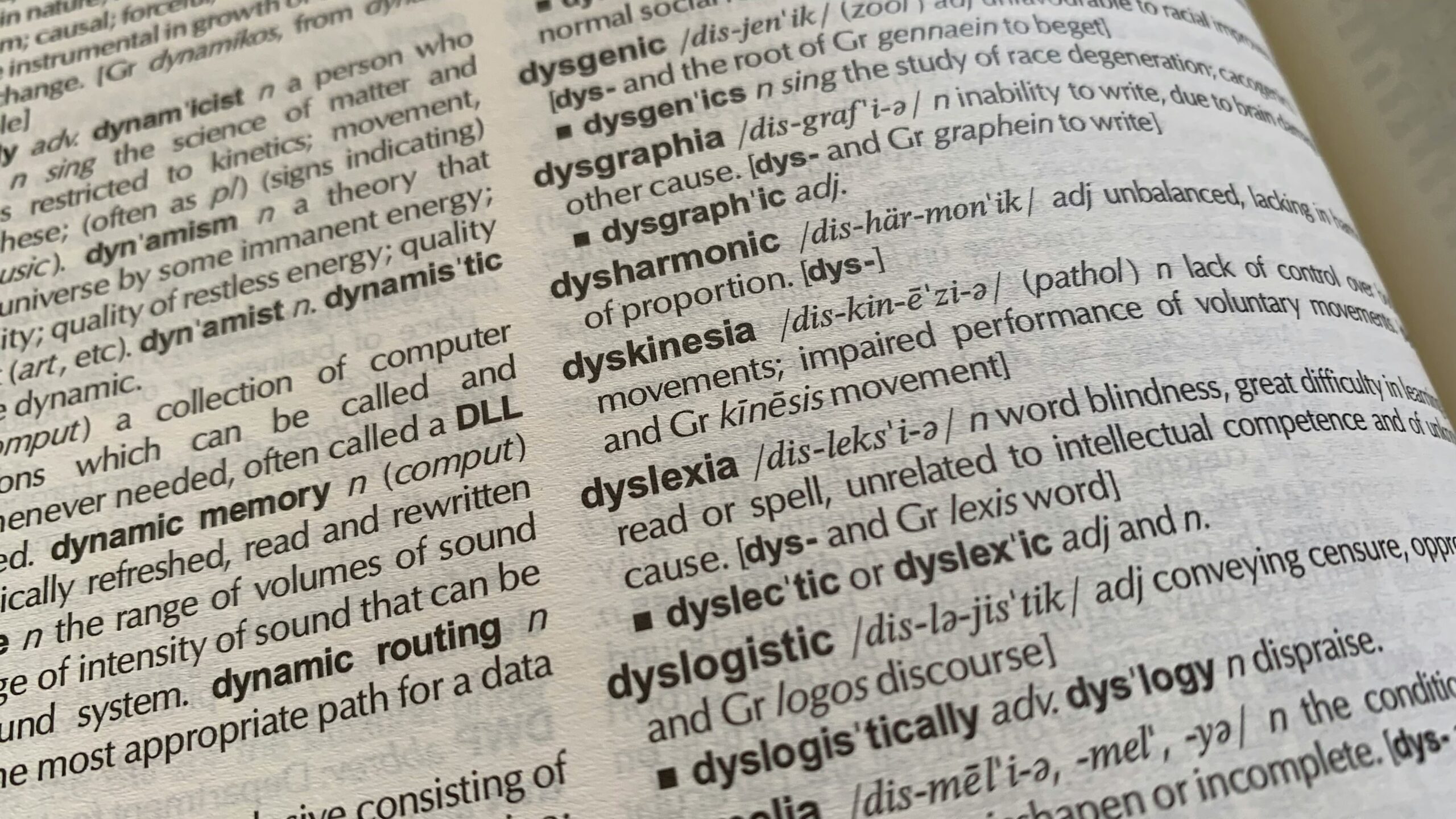31 Jul 2024
Supporting a Child with Autism in the Classroom
The start of a new school year can be particularly difficult for children with autism – it can be even more challenging if they’re undiagnosed. In this guide, we’ll explain the challenges children with autism face in the classroom, what support is available and how to access it.
What Challenges Do Autistic Children Face at School?
The difficulties children with autism face at school can be amplified without the support a diagnosis can provide. Some of the main challenges include;
Dealing with changes in routine
All people with autism face difficulties dealing with a change in routine. When starting a new school year, dealing with changes in routine can take time to get used to and can include;
- New timetable: The shift in daily structure can be challenging as there is an element of unpredictability concerning what each day will bring.
- New teachers: It can take a long time for children with autism to build trust and form attachments with their teachers. Equally, it can take time for teachers to understand your child’s needs.
- New subjects: Learning about new subjects and topics can be challenging, especially if they move away from a subject that resonates with them.
- Change of classmates: Getting used to new classmates can be overwhelming socially. It can also impact routine and cause difficulty adjusting to new seating arrangements.
- Change of classrooms: A new classroom can feel like a whole new planet for an autistic child. Therefore, it can be challenging to get used to a new environment.
- Transitions: Moving up from infant to junior or junior to senior school.
Understanding social cues
Understanding and interpreting social cues can feel like a foreign language for children with autism. It can impact their overall experience at school and can cause anxiety and stress. Children with autism can sadly become targets for bullies due to their inability to understand unspoken social rules. Some challenges autistic children face in understanding social cues at school include:
- Reading non-verbal communication: Children with autism not only find it difficult to read the intention behind different facial expressions, such as not understanding when people are happy, sad, or confused, but they also struggle with reading body language, which can lead to misinterpretation and misunderstandings.
- Understanding unspoken rules: Social encounters at school usually involve unspoken rules that children with autism can’t follow, for example, understanding when it’s inappropriate to interrupt or how to play with other children.
- Understanding context: Without the ability to understand contextual cues, children with autism can find it difficult to read different situations and act accordingly. This could include not knowing when to speak quietly or what behaviour suits the playground or the classroom.
- Forming friendships: Understanding the give-and-take nature of friendship can be difficult for children with autism. Their inability to understand social cues can have a knock-on effect in forming relationships.
- Responding to social feedback: It can be difficult for children with autism to know when people are not interested in their conversations or if they have said something that has annoyed or upset someone.
Sensory sensitivities
Loud noises, bright lights, strong smells and crowded places can all trigger sensory overload in children with autism. At school, many of these sensory stimuli are unavoidable such as;
- Sensitivity to sounds: Loud noises like the school bell ringing, other children shouting, talking and playing and other sounds like the school bell.
- Visual sensitivities: Fluorescent or bright lights can be uncomfortable and distracting.
- School uniform: School uniforms can be uncomfortable for children with autism. They might find their tie feels too tight or the texture of their jumper scratchy.
- Crowded spaces: Crowded spaces like corridors, school canteen and assemblies can all be overwhelming for children with autism.
Misinterpreted behaviours
Another trait that is commonly associated with autism is repetitive behaviours. These can include stimming behaviour, such as hand flapping and rocking back and forth. Without diagnosis and prior knowledge, these behaviours could be misinterpreted as behavioural issues.
Misunderstandings that stem from misinterpreted social situations can be seen as being intentionally difficult, but in reality, these reactions cannot be helped.
How to access support at school
If you’ve noticed signs of autism in your child, the first step is to talk to their teacher, who may have also noticed behaviours that could indicate that your child could be autistic. After this initial discussion, you should meet with your child’s school SENCO (Special Educational Needs Coordinator) to take the first steps towards getting the support your child needs at school.
After you’ve met with your child’s teacher and SENCO, your school may be able to offer some initial support, such as adjusting your child’s routine or allowing them to have some informal adjustments to help. This is called an SEN plan and can include extra teaching support, adjustments to how your child is taught or separate lessons to help improve their skills. However, if your child needs extra support, they may also need an Educational, Health and Care Plan (EHCP), which can provide your child’s school with additional funding to support them.
How to get an EHCP for Autism
An EHCP is a legal document that ensures that any child with Special Educational Needs, including autism, can access the support they need in school and further education. An EHCP not only helps to support your child’s academic progress but also helps to provide social and emotional support and personal development skills.
Applying for an EHCP
To get an EHCP for autism, you’ll need to apply through your Local Authority. During the application, the local authority will need to identify what support your child needs. While it is not necessary to have a formal diagnosis, detailed records of your child’s difficulties and needs recorded in an autism assessment can make the process much quicker and easier to facilitate so that your child can start getting the support that they need.
Documentation that can help get an EHCP includes medical reports (such as an autism assessment), school reports and personal accounts from daily life. However, NHS waiting times for autism assessments can impact the timeliness of your EHCP, as waiting lists mean your assessment could take months and, in some cases, years.
EHCP Application Process
The application process includes a formal written request to your Local Authority, which can be completed by you, as a parent, or the school. It consists of all of the documentation of your child’s needs, including the current support they are receiving and its efficiency.
Local Authority EHCP Decision
Following the application, your local authority will have six weeks to decide whether to conduct an EHCP assessment. During this time, they will review your submission and may request additional information if necessary.
If the EHCP application is rejected, they must supply the reasoning for the decision and a right to appeal. If the EHCP application is accepted, a draft of the plan will be issued based on the assessment findings, and when approved, the final EHCP will be issued within 20 weeks.
How can The Autism Service help?
Choosing a private autism assessment from The Autism Service provides a thorough evaluation and a detailed report with information from multiple sources, including observational data using structured assessment tools. An independent autism assessment can provide an unbiased report which might be viewed more favourably by the local authority. Learn more about Child Autism Assessments today.
Ready to book an assessment?
The Autism Service is committed to expanding its network of clinics to enable clients to access timely gold-standard assessments in their area.
Related posts

30 Dec, 2024
ADHD and Dyslexia: Similarities & Differences

30 Dec, 2024
ADHD and Dyspraxia: Similarities & Differences

28 Nov, 2024
Autism and Bedtime

16 Jul, 2024